The Temples of Khajuraho: A Celebration of Indian Architecture
Khajuraho, a small town in Madhya Pradesh, India, is home to a stunning collection of medieval temples that showcase the best of Indian architecture. Built between 950 and 1050 AD, these temples are a testament to the rich cultural heritage of India.
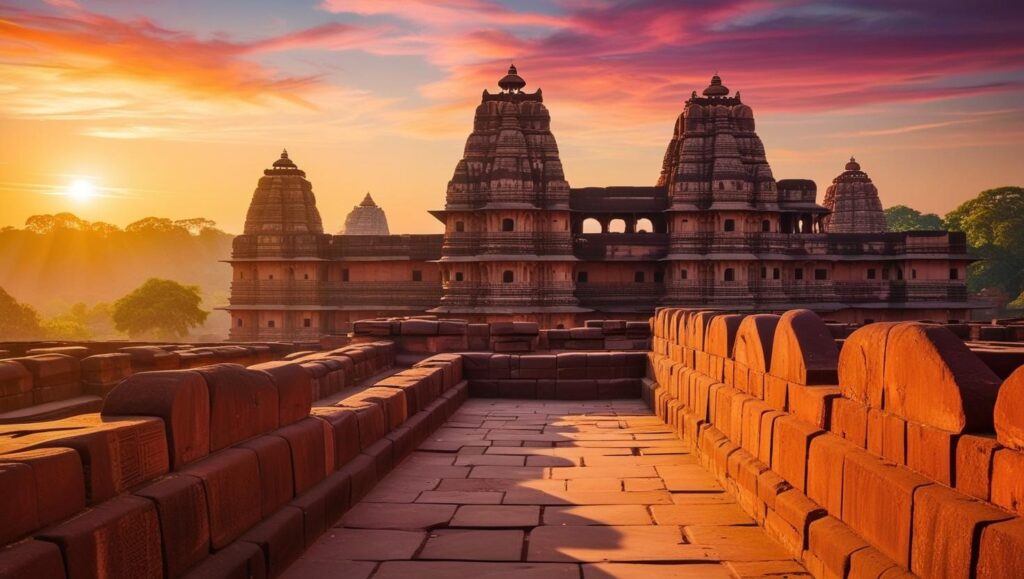
History of the Temples
The Khajuraho temples were built during the Chandela dynasty, a powerful kingdom that ruled much of central India during the 10th to 12th centuries. The temples were constructed to honor the gods and goddesses of Hinduism, Jainism, and Buddhism.

Architecture and Significance
The Khajuraho temples are renowned for their exquisite stone work, delicate sculptures, and stunning architecture. The temples are built in the Nagara style, characterized by towering spires, ornate decorations, and intricate stone carvings. The temples showcase the artistic and architectural skills of Indian craftsmen and provide a glimpse into the country’s rich history and traditions.
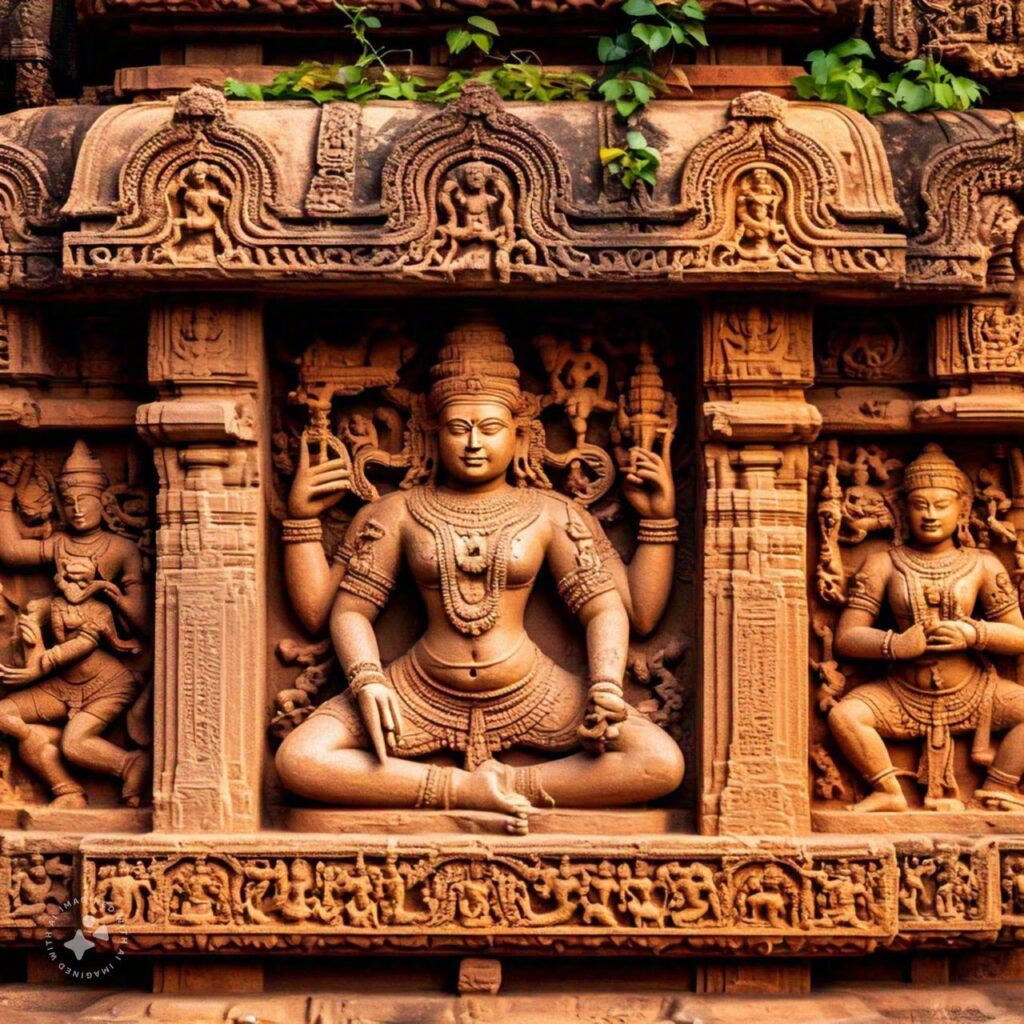
A close-up of the intricate carvings on the exterior wall of the Kandariya Mahadeva Temple
Notable Temples
1. Kandariya Mahadeva Temple: Dedicated to Lord Shiva, this temple is the largest and most impressive of the Khajuraho temples. Its exterior walls are adorned with over 900 sculptures, depicting various aspects of Indian mythology and everyday life. The temple’s towering spire rises majestically, its peak shrouded in mist, as if connecting heaven and earth.
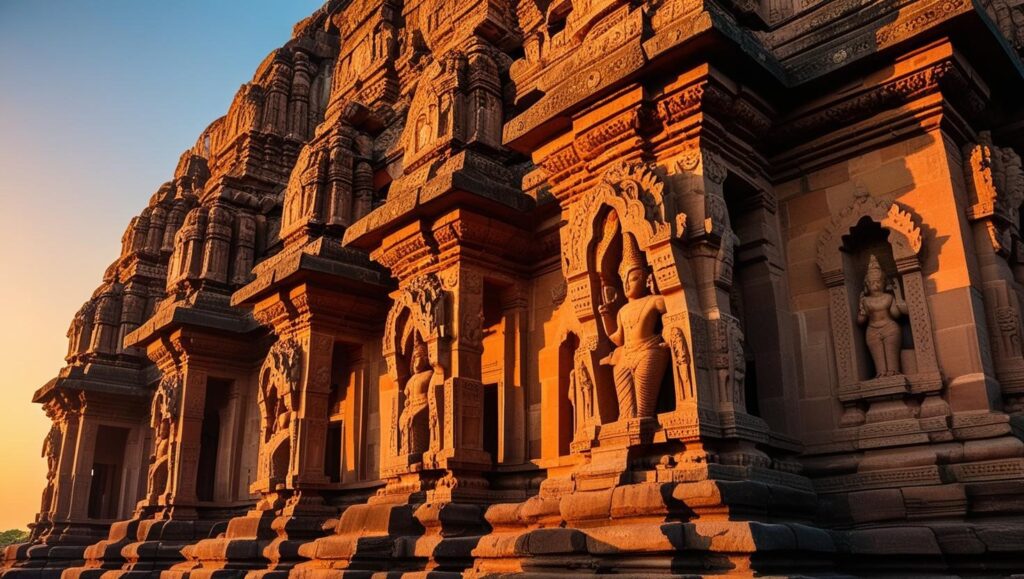
A photo of the Kandariya Mahadeva Temple’s exterior, showcasing its intricate carvings and sculptures
2. Lakshmana Temple: Dedicated to Lord Vishnu, this temple is known for its ornate facades and delicate sculptures. It is one of the oldest and most well-preserved temples in Khajuraho, its stone walls bearing witness to the passage of time. The temple’s intricate carvings seem to come alive in the golden light of dawn and dusk.
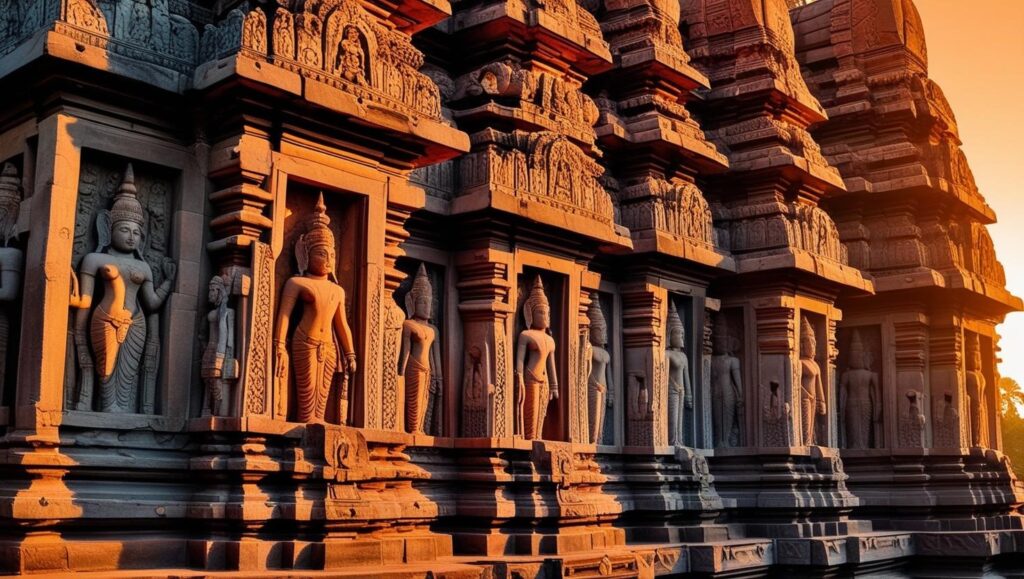
A photo of the Lakshmana Temple’s exterior, showcasing its intricate carvings and sculptures
3. Jagadambi Temple: Jagadambi Temple: Dedicated to Goddess Parvati, this temple is known for its stunning architecture and elaborate stone reliefs. It is a masterpiece of Indian architecture, featuring delicate sculptures and ornate decorations that showcase the skill of the region’s craftsmen. The temple’s serene surroundings and tranquil atmosphere make it a haven for spiritual seekers.
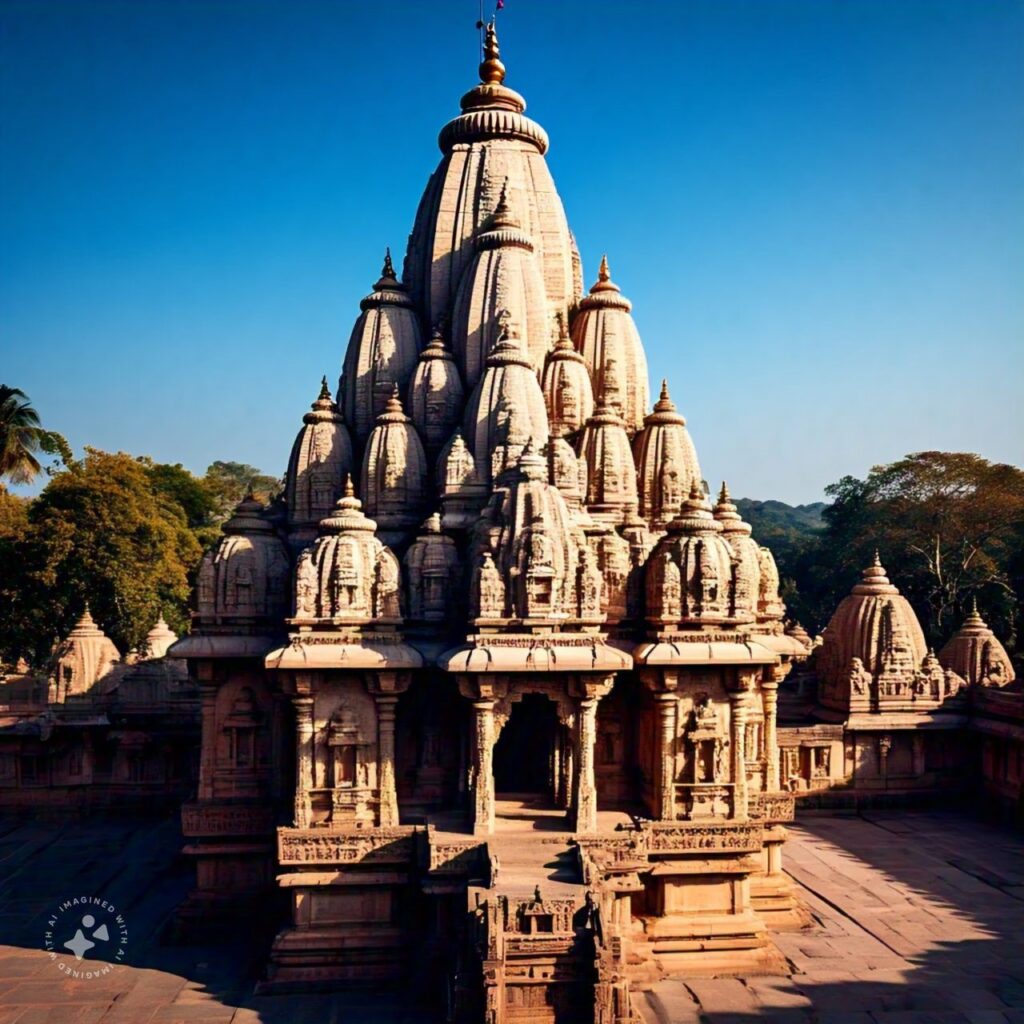
A photo of the Jagadambi Temple’s exterior
4. Chitragupta Temple: Dedicated to Lord Surya, the sun god, this temple is known for its stunning architecture and beautifully crafted sculptures. It features a magnificent image of Lord Surya riding a chariot of seven horses, symbolizing the sun’s life-giving energy. The temple’s walls are adorned with intricate carvings, depicting scenes from everyday life and mythological tales.
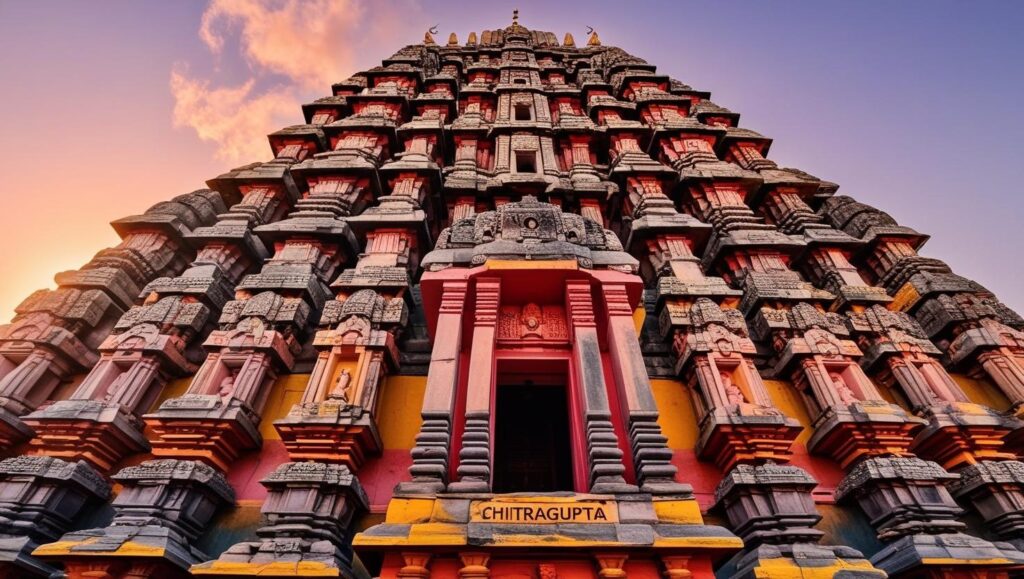
A photo of the Chitragupta Temple’s exterior
Significance of the Temples
The Khajuraho temples are not only a celebration of Indian architecture but also a testament to the country’s rich cultural heritage. The temples showcase the artistic and architectural skills of Indian craftsmen and provide a glimpse into the country’s rich history and traditions.
Conservation Efforts
The Khajuraho temples are a UNESCO World Heritage Site and are protected by the Archaeological Survey of India. Conservation efforts are ongoing to preserve the temples and protect them from damage, ensuring that these cultural treasures continue to inspire and awe future generations.
Conclusion
The temples of Khajuraho are a celebration of Indian architecture and a testament to the country’s rich cultural heritage. These stunning temples are a must-visit destination for anyone interested in history, architecture, and culture.





